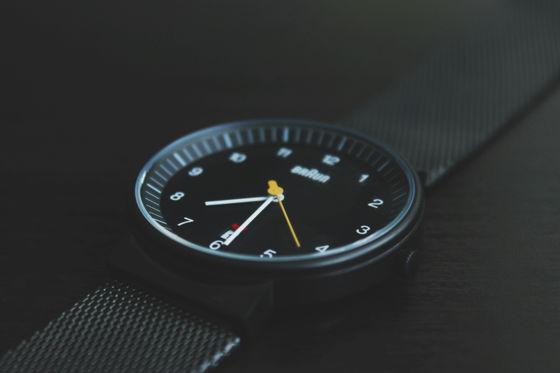NASA is developing a lunar time zone that will be a lunar version of UTC

In April 2024, NASA was ordered by
NASA to Develop Lunar Time Standard for Exploration Initiatives - NASA
https://www.nasa.gov/solar-system/moon/nasa-to-develop-lunar-time-standard-for-exploration-initiatives/

NASA confirms it's developing the Moon's new time zone
https://www.engadget.com/science/space/nasa-confirms-its-developing-the-moons-new-time-zone-165345568.html
In April 2024, OSTP tasked NASA with working with government stakeholders, partners, and international standards organizations to develop a 'lunar time zone.' Due to the moon's low gravity, time moves 56 microseconds faster per day than on Earth. Lunar exploration missions require extremely high accuracy, so developing a 'lunar time zone' is important to provide a timing benchmark for lunar probes and satellites.
NASA plans to develop 'lunar time zone' by the end of 2026 in preparation for future lunar exploration missions - GIGAZINE

The effort to develop this 'lunar time zone' is being led by NASA's Space Communications and Navigation (SCaN) Program.
The 'lunar time zone' is determined by a weighted average of atomic clocks on the moon, similar to how scientists calculate Earth's globally recognized Coordinated Universal Time (UTC). At the time of writing, the analysis showed that atomic clocks on the moon's surface 'tick' in microseconds (one millionth of a second) per day. The exact location of the moon has not yet been determined, but NASA and its partners are 'in the process of studying which mathematical model is most suitable' to establish the 'lunar time zone.'
A hummingbird's wings flap about 50 times per second. Each flap lasts about 0.02 seconds, or 20,000 microseconds. Looking at this figure, the '56 microseconds' that arise as a difference in the passage of time between the Moon and Earth seems like a very small amount of time. However, in the universe, these small amounts of time add up to a significant amount.

'For an object traveling at the speed of light, 56 microseconds is the time it takes to travel a distance equal to about 168 football fields. If someone is orbiting the Moon, an observer on Earth who is not correcting for the effects of relativity over the course of a day would perceive the orbiting astronaut as 168 football fields away from his orbital location,' said Cheryl Gramling, who is responsible for the lunar time zone initiative at NASA. She explained the need for a lunar time zone.
As NASA's Artemis program prepares to establish a sustained presence on and around the Moon, the SCaN team is developing a 'lunar time zone' to ensure significant time differences do not affect the safety of future explorers. The approach to developing a coherent time can be extended to Mars and other bodies throughout the solar system, enabling long-term exploration in space.
'Having a shared definition of time is a critical part of safe, resilient and sustainable operations,' said Dr. Ben Ashman, Lunar Relay Development Navigation Lead for the SCaN team.
Related Posts:
in Science, Posted by logu_ii






